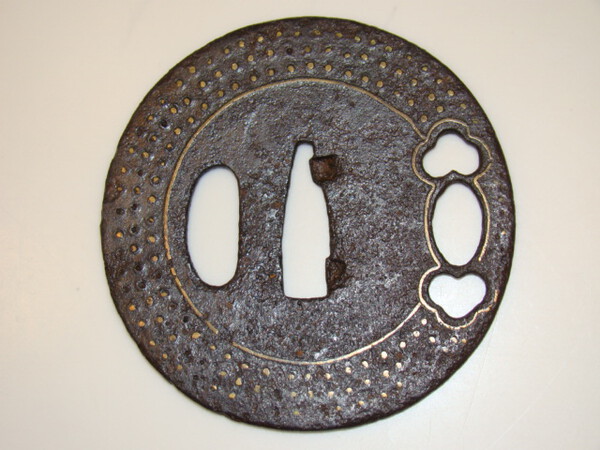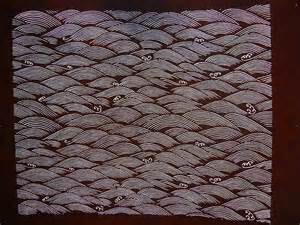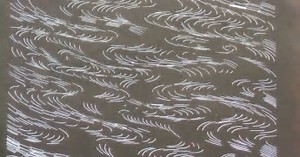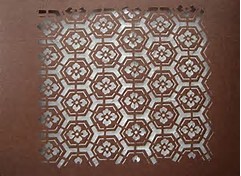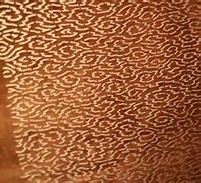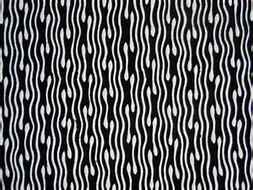-
Posts
150 -
Joined
-
Last visited
-
Days Won
1
Content Type
Profiles
Forums
Events
Store
Downloads
Gallery
Everything posted by Robert Mormile
-
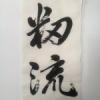
Assistance with description of motif element
Robert Mormile replied to Steve Waszak's topic in Translation Assistance
Namako -

Darcy Brockbank
Robert Mormile replied to Ted Tenold's topic in Sword Shows, Events, Community News and Legislation Issues
My sincere condolences to his family. This is a terrible loss to the global Nihonto community. I feel a debt of gratitude to Darcy for significantly raising the bar for nihonto research and photography in the West. The works he shared with us are not often available for viewing outside Japan. I had the pleasure to spend two days with Darcy talking swords, taking photos and sharing meals on occasions years ago. Very passionate guy searching for the truth. He will be sorely missed. RIP Robert -
The love of Ron’s life was always his wife and family. And following that, his love, respect and deep admiration for the field of Japanese swords. We met in 1988 and remained close friends ever since. Ron was a kind and soft-spoken gentlemen from the old school. His study began with Bumpei Usui back in the 1960s but his first sword was carried back to his parent’s home balanced on the handlebars of his bicycle. Ron was one of the presidents of the New York Token Kai and contributed to the knowledge base of the greater nihonto community. His friendship is irreplaceable. Rest in Peace.
-

New York Token Kai Kunio-sensei's passing
Robert Mormile replied to Curran's topic in General Nihonto Related Discussion
As a young person, I had the pleasure of studying swords with Kunio starting in 1988. Meeting with Kunio at his studio on Allen Street or at one of the NY Token Kai meetings was a passage into a new and exotic world. A gifted artist, he looked at swords as an artist as well as an art historian. Kunio, influenced by Bumpei Usui, felt compelled to tell the story of the war and the Japanese swords that followed its conclusion to the United States. Kunio had endless patience for students. Kunio deeply touched hundreds of individuals involved in the world painting and Japanese swords. He is one of the people who had a very positive impact on my life and for that I am forever grateful. RIP Robert -
Chris, Adding to what others provided, this sayagaki is a certification of authenticity. It is dated 昭和貳拾壱年四吉日 or Showa 21 which corresponds to 1946. It is purported to be written by 白水飯波 Hakusui Inami who was a well-respected sword dealer of the early 20th century. His grandson still runs their gallery in Toranomon, Tokyo. They are very accommodating and professional people. You might ask them to provide and opinion on wheather the sayagaki is that of Hakusui Inami or not. Here is their contact information: http://www.japansword.co.jp/ Best Wishes, Robert
-
Steve, Robert, When I first saw this post, I thought to myself, wow, what a lovely 19th Century tsuba. I immediately took out some dictionaries and started to investigate the script. I have not looked at what Steve has translated. Regarding the problematic right-hand inscription, as the first character is a match for the kuzushi of Man (萬) I was looking for some 19th century date with “kusa-kanmuri” and alas, there was ‘en (延) however, when cross-referenced with a kuzushi version, it is indeed NOT represented in this syllabary. I therefore, discounted 萬延 Man'en (1860 - 1861) Regarding the Nen, Jyu and Gatsu characters, please see the reference exhibits provided here. They are a perfect match. Therefore, this has to be a date. I am not saying what this tsuba is only what the right-hand inscription states. It could be Manji or Manen (with some artistic interpretation) but it is most certainly a date. The tsuba may be an utsushi of an earlier work paying due homage. Many Thanks, Robert
-
Robert The right-hand inscription seems to be: 萬治二年十月 Man-En Ni Nen Jyu Gatsu (October of 1660) That is kanji 1251 and 275 in this kuzushi-jisho I am using. Thanks for posting the photos. Robert
-
Hi Ray My guess would be 兼舟Kanefune due to the proximity of the second and third strokes but who knows. Could be 兼守 Kanemori, 兼宜 Kanenobu or 兼定 Kanesada but I don’t think so as the 宀 ukanmuri radical is usually a bit wider than shown here… Thanks for sharing photos of the blade, Robert
-
Pietro The photo on the right looks like Lafcadio Hearn and important figure in 19th Century Japan, worthy of such a painting. https://64parishes.org/entry/lafcadio-hearn Kind Regards, Robert
-

Faint mei can anyone make this out?
Robert Mormile replied to Yuradneprov's topic in Translation Assistance
Ray, Although we only have small snippets of the nakago for photos, this blade is katana-mei. Ko-Hoki Yasutsuna of the Heian Period would have signed tachi-mei. There are 9 signed mei-tachi that achieved juyo token prior to the end of 1999. Two of those achieved Tokubetsu Juyo status. There was however a Hoki Yasutsuna in the 1530’s that likely signed katana-mei but who knows. Most records of Japanese sword history have been lost over the centuries; we are attempting to put together a jigsaw puzzle with the remaining pieces. Agreed. Bleach and eBay have the same effect on the eyes. Robert -

Faint mei can anyone make this out?
Robert Mormile replied to Yuradneprov's topic in Translation Assistance
伯耆国安綱作 -
Hi Ray I believe this is Kuzushi-Ji for 鉄元堂 or Tetsugendo. Thanks for sharing photos of your tsuba. Robert
-
Got it now. March, 1992 Page 74
-
Ray, This photo was actually one of a small group of photos that was discovered by a New York collector hunting for swords in Baltimore. The vet was from the Baltimore, MD area. The NY collector shared a copy with the Boston collector (and old friend of mine) Rad Smith who provided a copy to National Geographic back in the 1990s. The first public showing of the photo was in that National Geographic issue. I have a copy of the issue but am away from it right now. If the owner ever agrees to sell me the original military photos, I will let you know... With Regards, Robert
-
John: I believe the sukashi is two winged insects engaged in combat. The vajra sukashi that I have seen are executed like the attached example. Thanks for sharing. Robert
-
Chris, This plant is known as "Sotetsu" and grows in the southern part of Kyushu and the islands. (Rotate the photo 180 degrees if possible.) Thank you. Robert
-

Treasure Swords Of The Uesugi
Robert Mormile replied to Ray Singer's topic in General Nihonto Related Discussion
November 3rd - December 10th... http://www.saitama-rekimin.spec.ed.jp/index.php?page_id=525 http://www.saitama-rekimin.spec.ed.jp/?page_id=507 -
Hi Dave, One thing you might consider is using antique Japanese stencils. They are readily available and not expensive. I have zero experience working with urushi but it occurred to me that you might be able to lay down a pattern using these. Here are some stencils I quickly pulled off the Internet. Another idea would be to use the stencils to apply wax over a primer. Then a color over the entire saya. After removing the wax you could seal in clear urushi. Looking at the tools / process used for washi paper making might be of interest as well. Just throwing around some ideas. Best of luck with the project, Robert
-
Many thanks to Darcy for providing another great opportunity for learning.
-
Yeah, same here Guido. I assumed that it was a trick question so chose what I thought was the furthest thing from Norishige that could still look like this by a reasonably well known smith...
-
Taikei Naotane.
-
南部盛岡三厳堂 Nanbu Morioka Sangendo Established in Meiji 6
-
John, I don’t have information about a Philadelphia area Japanese sword club but wanted to mention that we have one here in New York City. In recent months we have received visitors and members from Massachusetts to Washington D.C. and would welcome you to our club. Please consider attending one of our meetings in NYC as we are just two hours away by train or car. www.ny-tokenkai.org *Our next meeting is Sunday, March 26th between 12:00 and 3:00 PM me with any questions. Thank you. Robert
-
Glenn, The other side is dated August of 1663 (寛文三年八月). The name on the tang of the sword is a rather important maker, can you provide some additional photos of the blade overall shape and the temperline as well as the point? During the 17th century there very skilled craftsman with the intent to reproduce the work of others. The calligraphic deftness of the signature and date, tells us that it is either a genuine signature or a very good forgery. It would be great to see some photographs of the blade. Depending on the blade and its condition, you should seriously consider having it formally evaluated in a process called shinsa. These events take place here in the US as well as in Japan. Thank you. Robert









